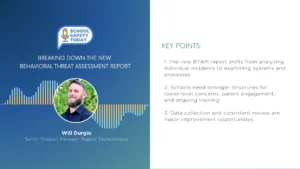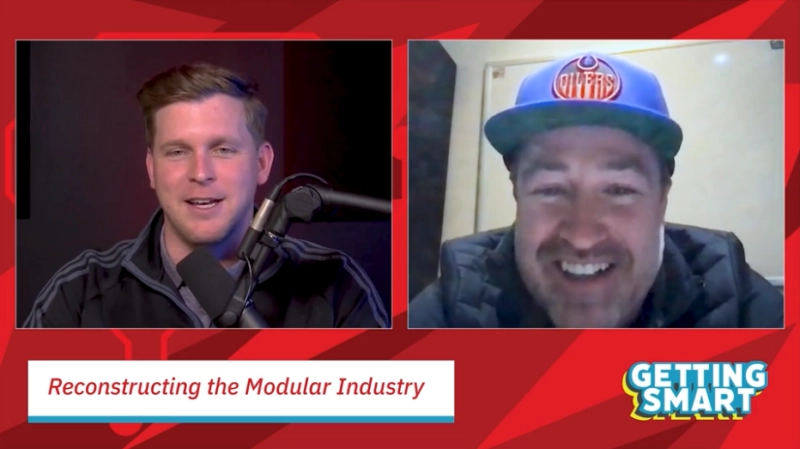A Deep Dive Into Unmanned Sea Vessels With An Industry Insider
After exploring the most recent innovations and challenges in the rapidly growing field of unmanned vehicles, MarketScale caught up with an industry insider to learn more about where this industry is heading.
Jordan Springett has been working with unmanned surface vessels (USV) since 2012, with a focus on sailing robots at Ẳland Sailing Robots.[1] As a member of numerous research projects, Springett has experience in the software, mechanical, electrical engineering, and real world application sides of the field.
“I’ve published work on the subject,” Springett said. “Particularly with regard to collision avoidance at sea, which is currently an unsolved problem.”
In college, Springett joined a student group that put together robotic sailboats for racing.
“I joined them in my first year and ended up leading the group in my second,” Springett said. “Other work just fell out of that.”
That extracurricular rapidly grew into an exciting career.
Many are curious about which major players are worth watching in the field of unmanned sea vessels right now, but Springett said it is a bit more complicated than a list of names.
“There are three groups and I would say each has its major players,” Springett said. “There is the defense side, the commercial shipping side, and I guess what would be called the research side (environmental, climate, weather monitoring, as well as surveying.”
DARPA is responsible for the largest semi-autonomous vessel at sea, called the ACTUV “Sea Hunter” that is aimed at anti-submarine warfare.[2] Within commercial shipping, Norway’s Kongsberg recently acquired Rolls-Royce, consolidating into the sole player in marine business.
“On the research side, the side I mostly follow, the two big players in my books are Saildrone and ASV Global,” Springett said.
Saildrone has reportedly earned around $60 million in funding to grow its fleet and accelerate progress on wind-powered vessels.[3]
“Frankly, I think they are the really interesting people to watch out of all the groups as they actually have stuff (vessels) out there,” Springett said.
Yet despite the successful rounds of raising capital, Springett said that autonomous ocean technology is in a slow period.
“Most of the technology that ASVs are based on has been around for some time. However small, cheap and lower power electronics has certainly been a contributing factor,” he said.
According to Springett, the steady replacement of expensive components with newer, cheaper electronics is the chief factor driving growth.
But the tech slowdown does not mean the industry is resting on their laurels. Springett reported that a research vessel with crew can cost up to $90,000 a day, and that is a serious motivator for researchers and shippers alike.
“There is a huge amount of money to spend on the world’s oceans and it’s only going to grow,” he said.
The ASV industry has its share of unique challenges, but autonomous vehicles of all kinds are working on developing the software that will get the job done. Algorithms are the tool of the future, shaking up industries across sectors. This industry is no different. Powerful as they are, Springett and his colleagues are hard at work developing algorithms capable of, “not only handling the vessel but that can handle collision avoidance, particularly in congested areas such as harbours.”
As the technology gets cheaper and the software better, there remain other, less concrete problems for the industry. Maritime law is complex and, according to Springett, it does not account for autonomous vessels. Collision avoidance is of special concern with the laws being so dated and up for interpretation. As Uber’s roadside mishap last year showed, even rare accidents can have serious implications.
Jordan Springett is in the process of launching his own ASV business and paying close attention to developments in his corner of the field as well as the bigger picture.
Even at sea, the public’s trust issues are of concern.
“I think you are faced with the same issues as starting any business,” he said. “Acquiring funding and getting customers to trust that your product or service is up to the job.”
[2] https://www.darpa.mil/news-events/2018-01-30a
[3] https://www.reuters.com/article/brief-saildrone-inc-raises-60-million-in/brief-saildrone-inc-raises-60-million-in-series-b-funding-idUSASC0A27H








